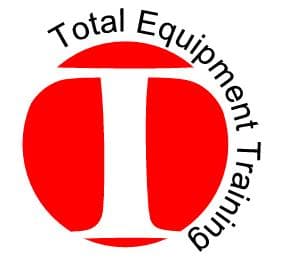NCCCO Rigger 1 Practice Test
(Level 1) Rigger Practice Test for CCO Certification
This FREE Rigger 1 Practice Test is your training ground for CCO certification glory! Not only will you test your knowledge of critical rigging concepts, but you’ll also gain valuable insights into your strengths and weaknesses.
Think of it as a sneak peek into the Rigger CCO exam, but without the pressure. Remember, practice makes perfect – and these questions are your stepping stones to confidently securing your Rigger Level 1 certification. So, take a deep breath, sharpen your focus, and let’s get started!
As of January 2025, Total Equipment Training has refreshed the CCO practice tests questions for rigger operators. We encourage riggers to check back periodically for new questions, as our staff makes every attempt to update these questions every few months.

Time's up
By submitting this form, you agree to receive these results via email and you consent to receive periodic email updates about NCCCO certification, training materials, and special offers from Total Equipment Training. You may unsubscribe at any time by clicking the link at the bottom of a marketing email.
CONTACT US TODAY
(610) 321-2679
